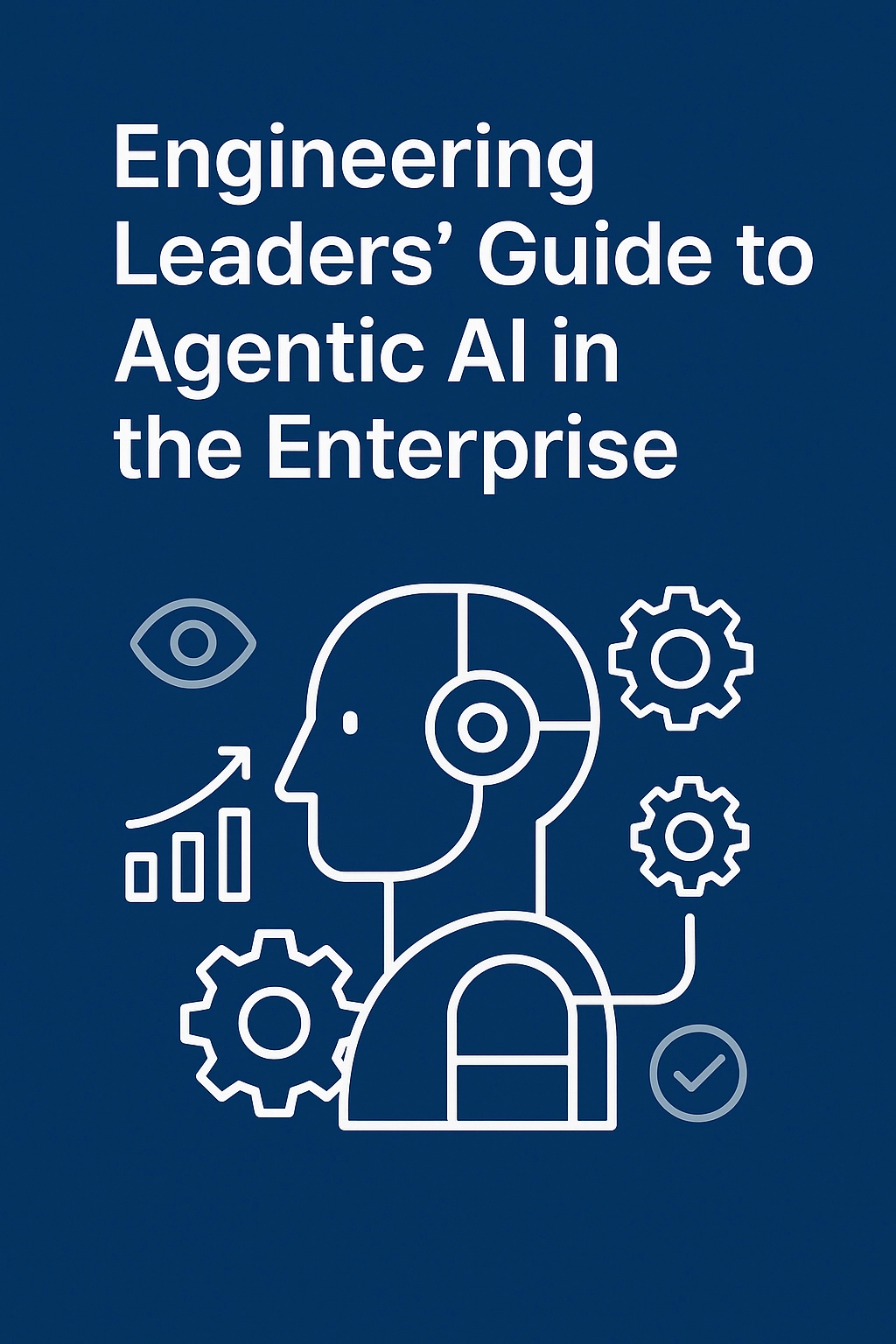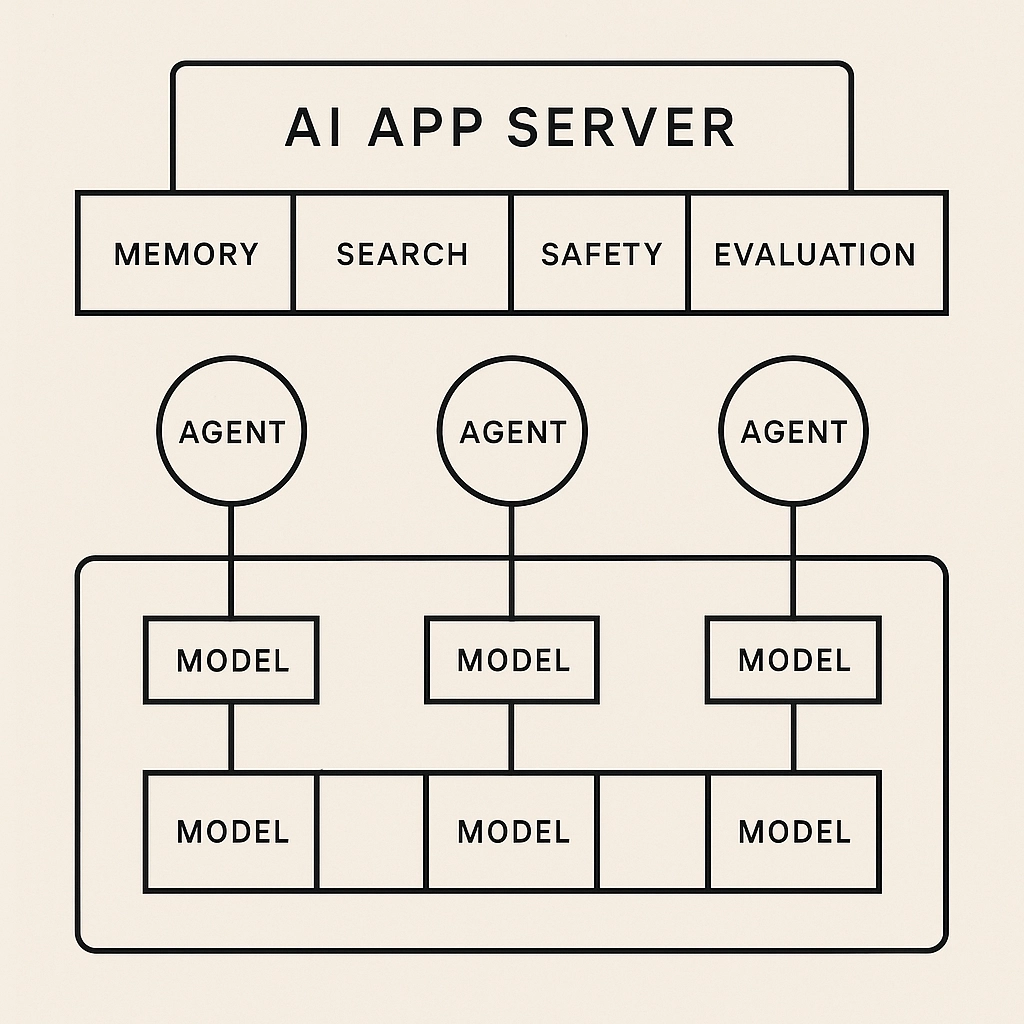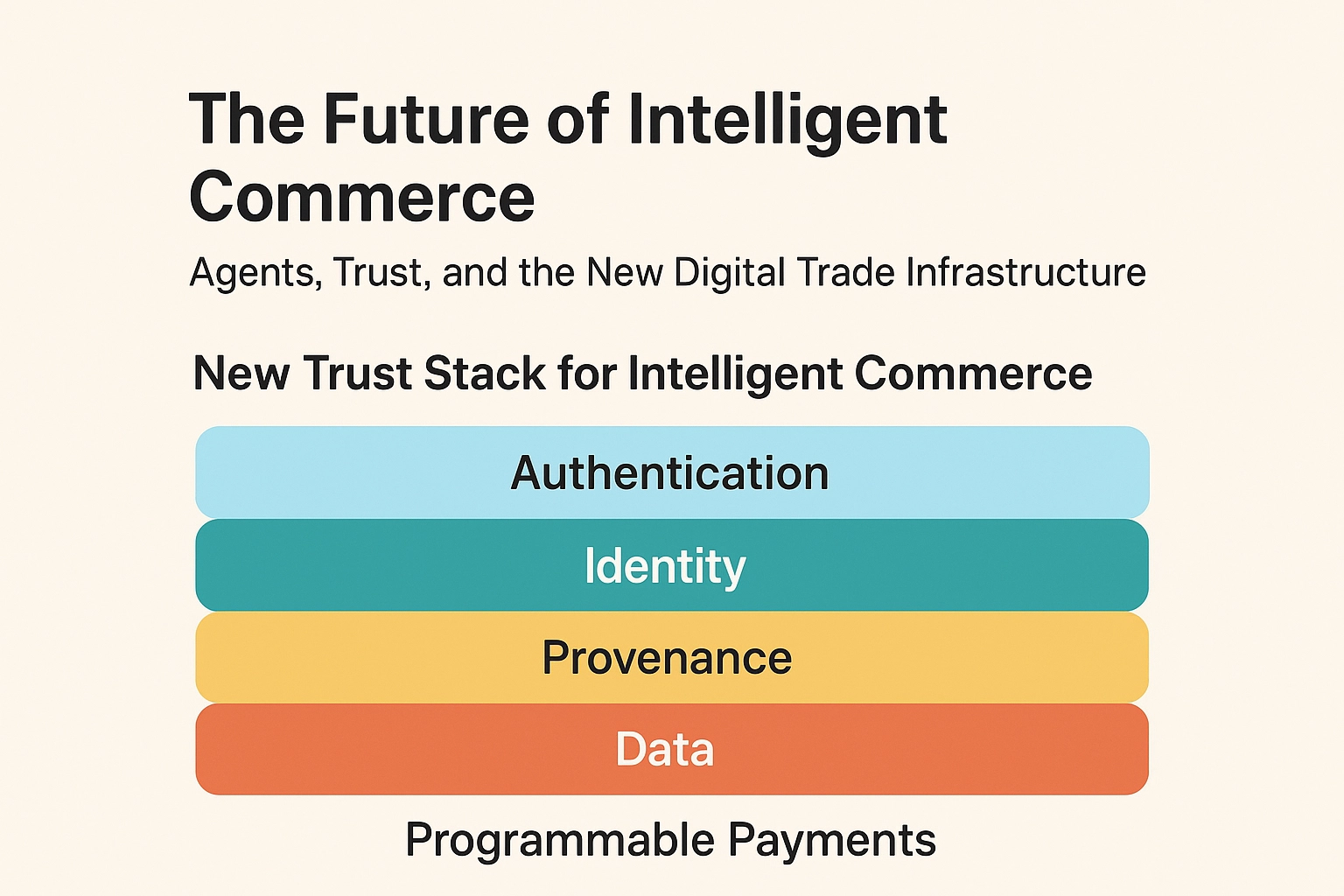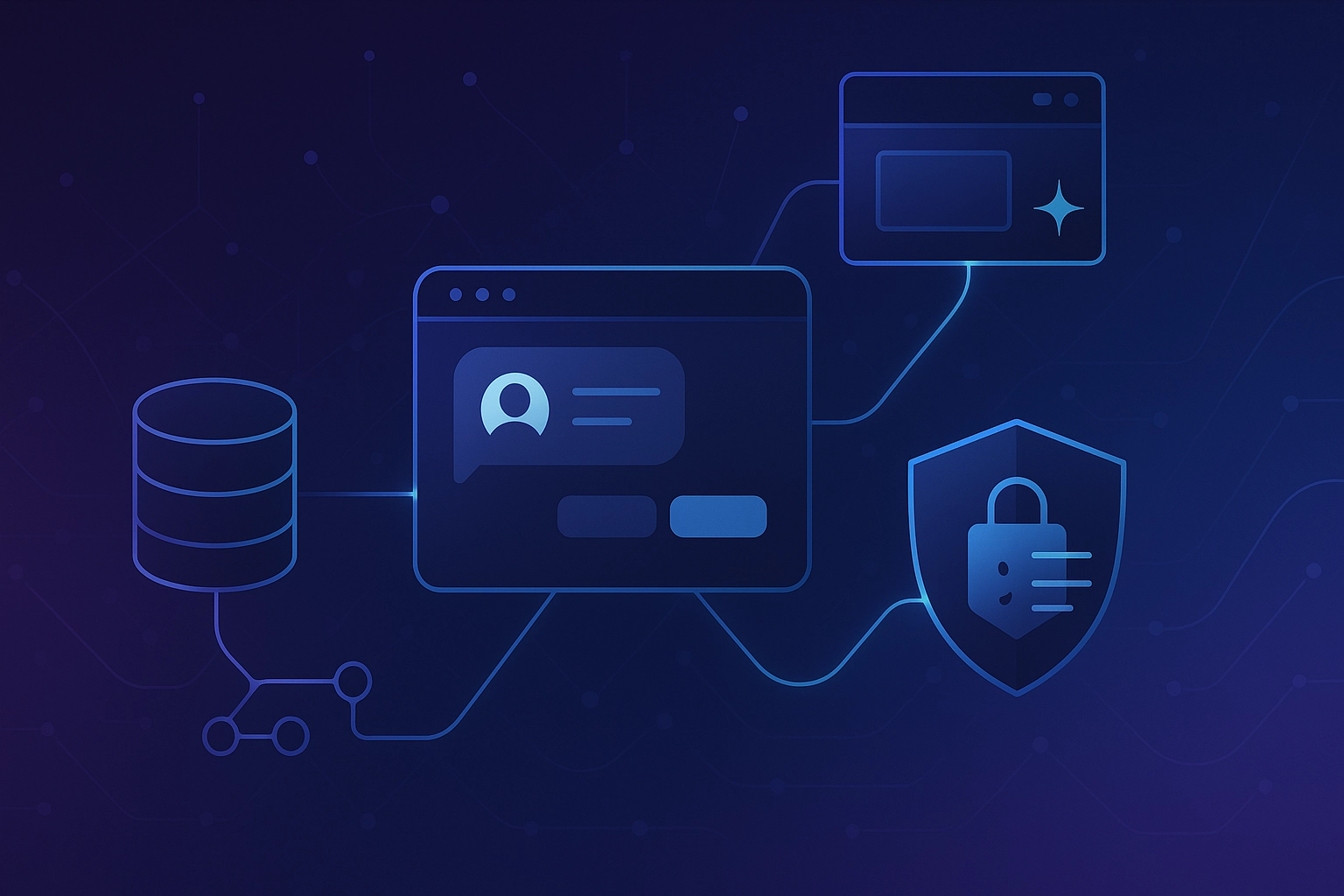Use‑Cases, Observability Gaps, Build‑vs‑Buy Math, KPIs, and the Procurement Playbook
Agentic AI systems don’t just answer questions—they act. They plan multi‑step workflows, invoke external tools, and iterate until the job is done. That autonomy unlocks enormous value and creates new engineering headaches. This post distills what I’ve learned working with dozens of mid‑to‑large tech teams and mentoring startups like Pype AI (an observability platform for agents).
1 · Why Agentic AI Needs Its Own Playbook
Stateful reasoning means every run is a tree of prompts, tool calls, and decisions—not a single request/response.
Non‑determinism introduces “works on my prompt” failures that traditional QA pipelines miss.
Action orientation (booking flights, pushing code, filing tickets) raises the stakes for safety, auditing, and rollback.
Traditional ML MLOps covers training pipelines and model metrics. Agentic AI adds runtime governance: traceability, guardrails, and human‑in‑the‑loop controls.
2 · Beyond Customer Support — Top In‑House Use Cases
Domain | What the Agent Does | Business Win |
|---|---|---|
Knowledge & DocOps | Retrieve and summarise internal wikis, design docs, compliance policies. | Minutes saved per query; faster onboarding. |
IT / Service Desk | Auto‑classify tickets, reset passwords, provision SaaS seats. | 50–70 % reduction in L1 workload. |
DevEx & DevOps | Scaffold projects, write tests, open PRs, investigate alerts. | 20–40 % shorter cycle time, faster MTTR. |
Sales & Marketing | Draft personalised outreach, launch campaigns, update CRM. | Higher qualified‑lead throughput, lower CAC. |
HR & Recruiting | Screen resumes, schedule interviews, answer policy FAQs. | Faster hiring loops, 24×7 employee support. |
Finance & Ops | Generate expense reports, reconcile invoices, monitor contract expiries. | Audit‑ready data in hours, not days. |
Domain‑Specific Experts | Healthcare scheduling, legal red‑lining, supply‑chain re‑ordering. | Deep automation in regulated or niche workflows. |
If a workflow is high‑volume, rules‑heavy, or knowledge‑dense, an agent is a good bet.
3 · Observability: The Hidden Pain Point
Black‑box reasoning — Why did the agent pick a tool? Where did the chain of thought go off the rails?
Debuggers not built for agents — Mixpanel tracks user clicks; LangSmith traces prompts but was missing real‑time alerts until recently.
Instrumentation friction — You must wrap every prompt/response in OpenTelemetry spans, redact PII, and still keep costs down.
Data deluge — Every token logged ≠ every token useful. Without sampling and schemas you drown in JSON.
What teams want: end‑to‑end traces that stitch LLM calls, tool invocations, vector look‑ups, and external APIs into a single timeline—with real‑time alerts on drift, failures, or cost spikes.
4 · Build vs Buy — A Decision Framework
Factor | Go Build When… | Go Buy When… |
Data Governance | Regulated PII/PHI can’t leave your VPC. | Vendor offers on‑prem or passes security review. |
Deep Integration | Workflows hinge on proprietary systems. | Standard REST/GraphQL hooks suffice. |
Strategic IP | Agent capability is core product differentiation. | Commodity use‑case; speed > uniqueness. |
Time‑to‑Value | Long runway, internal AI talent on staff. | Exec mandate to ship this quarter. |
Total Cost of Ownership | You can amortise infra + talent over years. | Subscription cheaper than hiring scarce LLM engineers. |
Vendor Lock‑In Risk | High concern; need swap‑able components. | Vendor roadmap aligns and offers data export. |
Tip: Many orgs start with a vendor, then migrate key pieces in‑house once ROI is proven and scale demands deeper control.
5 · KPIs That Matter for Agent Performance
Category | Metrics | Why They Matter |
Effectiveness | Task‑success % (auto vs. hand‑off) | Direct business value. |
Quality / Accuracy | Factuality score, hallucination rate | Protects brand trust. |
Efficiency | End‑to‑end latency; token/compute cost per task | UX and cloud spend. |
Robustness | Failure/exception rate; recovery time | Reliability SLOs. |
Adoption & Satisfaction | Active users; CSAT; NPS | Confirms humans actually like the agent. |
Observability pipelines feed these KPIs; without rich traces you can’t compute—or improve—them.
6 · The Modern Procurement Path for AI Tools
Frame the problem & KPIs — Align stakeholders on desired outcomes and budget.
Market scan → shortlist — Identify 3–5 vendors; issue lightweight RFIs.
Hands‑on PoC — Sandbox each tool with real data; measure the KPIs above.
Security & compliance review — Data‑flow diagrams, DPA, SOC 2, model‑retention policies.
Scorecard & exec buy‑in — Compare functional fit, TCO, support, roadmap.
Contract & rollout — Negotiate usage‑based tiers; plan onboarding and a 90‑day value checkpoint.
7 · Key Takeaways & Where Pype AI Fits
Agentic AI is crossing the chasm from prototype to production. Engineering leaders who:
Select the right use‑cases (Section 2),
Instrument deeply for observability (Section 3),
Apply a sober build‑vs‑buy rubric (Section 4), and
Govern via KPI dashboards (Section 5),
will earn outsized ROI while avoiding black‑box chaos.
Pype AI aims to be the Datadog for agents, wiring LLM reasoning, tool calls, and external services into a unified trace and dashboard—so every KPI above is measurable on day 1 and PoCs become week‑long, not quarter‑long.
Feedback welcome! Have you shipped an agent recently? What KPIs or observability gaps resonate—or differ—in your org? Join the conversation in the comments, or ping me on X/Twitter if you’d like to share war stories.






Comments